How to Tag Docker Images Effectively
Docker tags provide human-readable names to container images, replacing cryptic IDs with meaningful labels. This allows developers to structure images by version, environment, or features and maintain consistency throughout build, deployment, and team collaboration. In this guide, you’ll learn how to tag images during or after the build, use multiple tags efficiently, and follow tagging best practices that integrate seamlessly with version control and CI/CD workflows.
Quick Command Overview
# Assign a tag during build
$ docker build -t repository_name:tag .
# Apply a tag after build
$ docker image tag SOURCE_IMAGE[:TAG] TARGET_IMAGE[:TAG]
# Use multiple tags during image creation
$ docker build -t repository_name:tag1 -t repository_name:tag2 .
Tagging a Docker Image During the Build
You can attach a tag to a Docker image while building it by using the -t option. This ensures the image is clearly labeled for its use case, such as staging or production, avoiding the need to tag it later.
Command Format
docker build -t repository_name:tag .
docker build: Creates an image from the Dockerfile in the current directory.-t: Adds a readable name and version using repository:tag format..: Refers to the current build context.
To assign more than one tag at once:
docker build -t repository_name:tag1 -t repository_name:tag2 .
-t repository_name:tag1: First tag.-t repository_name:tag2: Additional tag.
Example in Practice
Build without a tag (creates an unnamed image):
$ docker build .
Rebuild and tag for staging:
$ docker build -t myapp:staging .
Tag separately for production:
$ docker build -t myapp:production .
View all images:
$ docker image ls
Sample output:
REPOSITORY TAG IMAGE ID CREATED SIZE
myapp production 459263adb890 19 minutes ago 206MB
6410385feccb 19 minutes ago 206MB
myapp staging 38da9244f5f0 19 minutes ago 206MB
Tagging during the build phase removes ambiguity and prevents unlabeled () images.
Tagging an Image After It’s Built
Once an image is created, you can assign more tags to it without rebuilding. This is helpful for adding version numbers or environment-specific names later on.
Command Format
docker image tag SOURCE_IMAGE[:TAG] TARGET_IMAGE[:TAG]
docker image tag: Assigns a new name to an existing image.SOURCE_IMAGE[:TAG]: Existing name or ID.TARGET_IMAGE[:TAG]: New tag name to add.
Example in Practice
Tag an unnamed image using its ID:
$ docker image tag 6410385feccb myapp:dev
Add a version tag to an existing image:
$ docker image tag myapp:production myapp:v1.0
Check that both tags point to the same image:
$ docker image ls
Sample output:
REPOSITORY TAG IMAGE ID CREATED SIZE
myapp dev 6410385feccb About an hour ago 206MB
myapp staging 38da9244f5f0 About an hour ago 206MB
myapp production 459263adb890 About an hour ago 206MB
myapp v1.0 459263adb890 About an hour ago 206MB
Tagging adds lightweight references, avoiding duplicate data and enabling flexibility across environments.
Assigning Multiple Tags During Build
To streamline workflows, you can define multiple tags at build time by chaining -t options. This ensures all relevant identifiers are created in one step.
Command Format
docker build -t repository_name:tag1 -t repository_name:tag2 [OPTIONS] PATH
-t repository_name:tag1: First tag.-t repository_name:tag2: Additional tags.PATH: Directory for the Docker context, typically..
Example in Practice
List current images:
$ docker image ls
Remove old versions before rebuilding:
$ docker image rm myapp:staging myapp:production myapp:dev myapp:v1.0
Output:
Untagged: myapp:staging
Untagged: myapp:production
Untagged: myapp:dev
Untagged: myapp:v1.0
Deleted: sha256:<image_id>
Build image with all required tags in one go:
$ docker build -t myapp:staging -t myapp:production -t myapp:dev -t myapp:v1.0 .
Verify all tags point to the same image:
$ docker image ls
Output:
REPOSITORY TAG IMAGE ID CREATED SIZE
myapp dev 83782771e2ab Just now 206MB
myapp production 83782771e2ab Just now 206MB
myapp staging 83782771e2ab Just now 206MB
myapp v1.0 83782771e2ab Just now 206MB
All tags now lead to one image ID, confirming that a single build supports multiple naming schemes – an ideal strategy for automation pipelines and structured releases.
Docker Image Tagging Best Practices
Efficient Docker tagging enhances image tracking, deployment automation, and collaboration among teams. The following recommendations present a structured tagging system and practical techniques to maintain consistent image handling across projects.
Recommended Tag Categories
Use a flexible tagging structure to accommodate different release models:
- Semantic Tags: Assign tags like
repository:1.2.3to reflect major, minor, and patch versions clearly. - Major/Base Version Tags: Use tags such as
repository:1orrepository:2to mark key version branches and long-term support releases. - Feature Tags: Use descriptive names like
repository:lightwoodorrepository:huggingfaceto differentiate variant builds. - Combined Tags: Mix version and context (e.g.,
repository:2.1-redis) for additional clarity. - Build or Commit Tags: Use identifiers from CI/CD runs like
repository:74667932orrepository:sha-abc123.
Avoid Relying on :latest for Production
The :latest tag should not be used in production due to its unpredictability. It can result in teams pulling different image versions unknowingly.
$ docker build -t app:2.1.0 .
Prefer specific, versioned tags in production. Reserve :latest for local development or internal testing only.
Assign Unique Tags to Every Deployment
Ensure that each image build has a unique tag. This practice allows reproducibility, tracking, rollback, and artifact control.
Examples:
app:build-92875462app:20240521-1530app:feature-payment
Use Stable Tags for Minor Patches
Apply stable tags (e.g., app:2.0) for ongoing support and security updates. Adjust :latest to always reflect the most recent stable version.
Initial build for version 2.0:
$ docker build -t app:2.0 -t app:latest .
Later update for version 2.1:
$ docker build -t app:2.1 -t app:latest .
Automate Tagging in CI/CD Pipelines
Set up your CI/CD platform (e.g., GitHub Actions, Jenkins) to produce consistent, traceable tags automatically with every build.
- name: Build and Tag Docker Image
run: |
docker build -t myapp:${{ github.sha }} .
docker tag myapp:${{ github.sha }} myapp:latest
Use commit hashes, branch names, or unique build identifiers to improve traceability across builds.
Document and Standardize Your Tagging Rules
Maintain a tagging guide in your repository. Define naming rules for versions, environments, and features.
# Tagging Strategy
Semantic Tags:
- app:1.2.3 → Patch release
- app:1.2 → Latest patch in minor line
- app:1 → Latest patch in major line
Feature Tags:
- app:redis
- app:v2-graphql
Build Tags:
- app:dev-login
- app:build-74667932
Include this tagging strategy in your README.md or contribution documentation to enforce consistency across your team.
Conclusion
This article explained how to assign Docker tags during and after the build process, apply multiple tags in one step, and adopt reliable tagging standards. These techniques improve workflow consistency, enable traceable deployment, and simplify integration with CI/CD automation tools.


